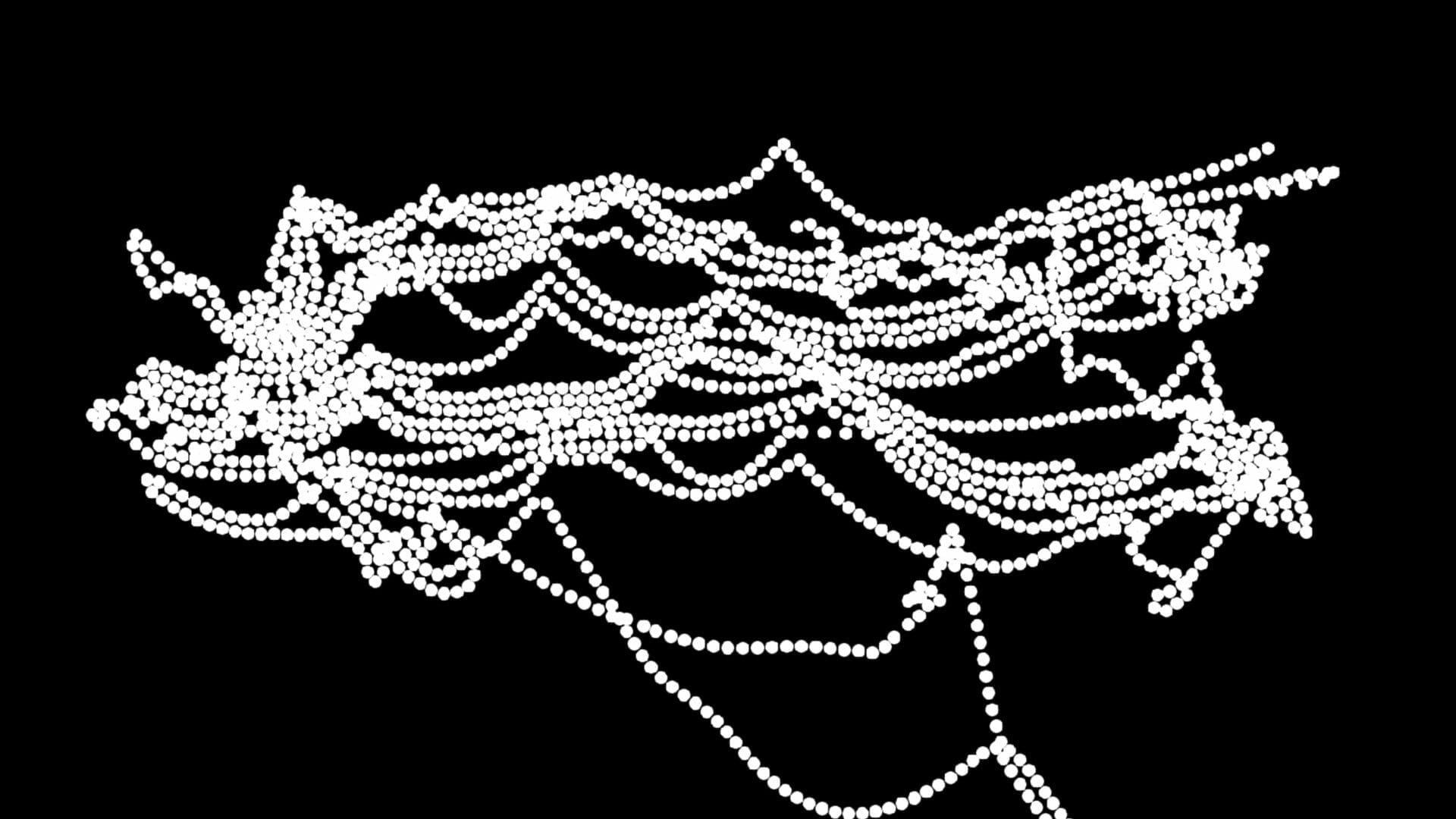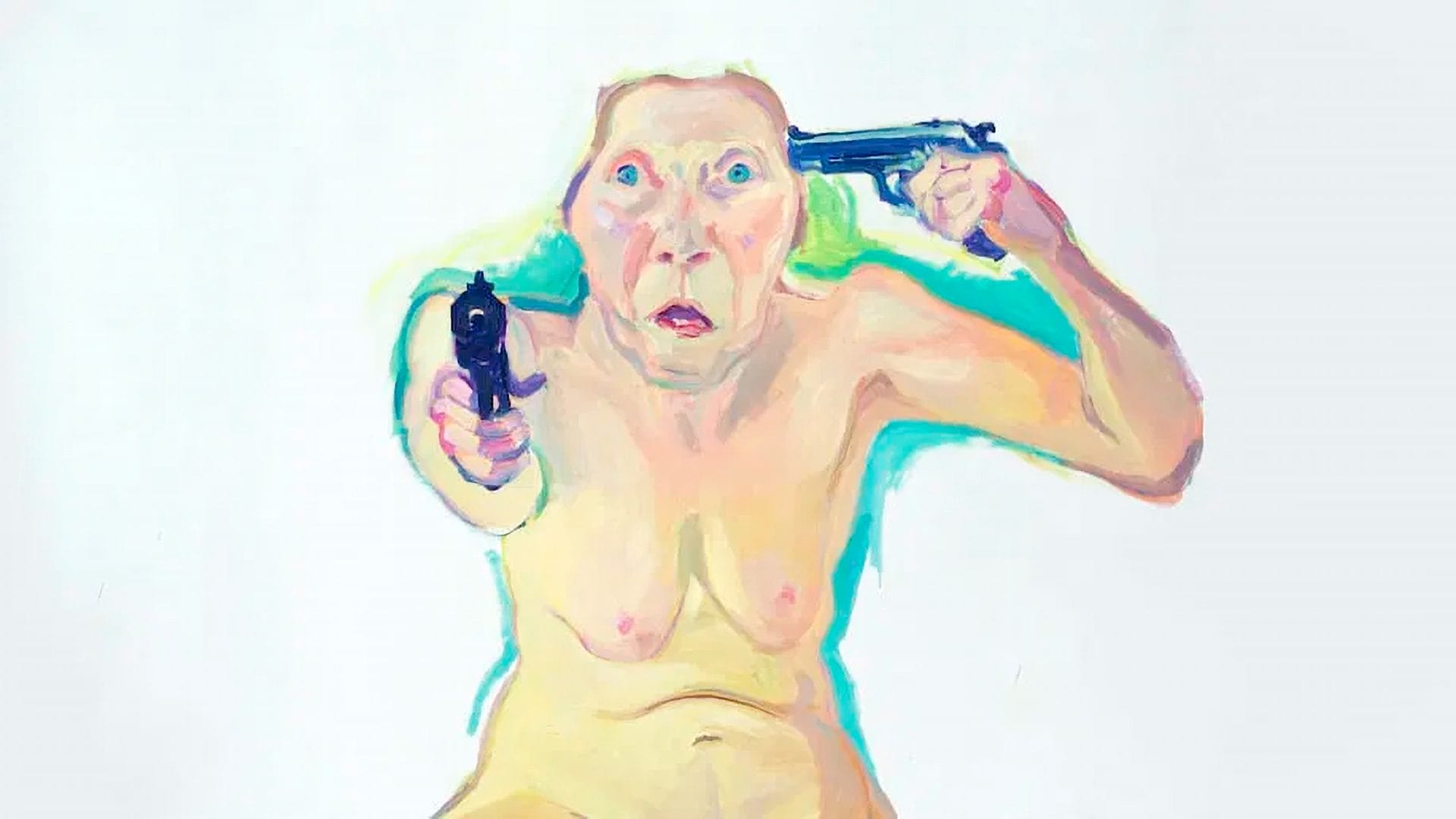
In conversation with Leander Herzog
During this Fakewhale conversation, Leander Herzog joins Jesse Draxler to talk about his background and experience in digital art.
Leander, a renowned artist and one of the early adopters of generative art, shares how he got into the field and how it has evolved over the years, explaining how his background in graffiti influenced his artistic style and how he used the blockchain to ensure his works couldn’t be removed or altered.
Later in the conversation, Leander delves into his process for creating art with code: he speaks about his love for simple systems that can produce complex results, and how his work often involves crashing the viewer’s browser as a form of artistic expression. He also highlights the curation aspect of digital art, discussing how he hand-selected pieces from his landscapes project, and how curation plays a significant role in the creation of interactive digital artwork.
Lastly, they discuss philosophy in terms of the role of the artist and the machine in creating digital art. His view of the computer is that it amplifies the artist’s inputs and produces new and unexpected results, and believes that the beauty of digital art lies in its unpredictability, and how it can take on a life of its own in the hands of a skilled artist.
A spiritual aspect of generative art is also discussed, as well as how it opens up new dimensions and possibilities for artistic expression.
Jesse Draxler
Jesse Draxler is an LA-based artist working in mixed media and digital formats to create deconstructed, distorted images.
You may also like
Maria Lassnig: painting the body from the inside out
Maria Lassnig‘s story begins in the picturesque region of Carinthia, Austria, where she was bo

In conversation with Étienne De Crécy
In this episode of FakeWhale Live, French electronic music mastermind Étienne De Crécy joins Jesse
Web3 vs Web2
It is common knowledge that blockchain aims to resolve some of the most controversial aspects of the



